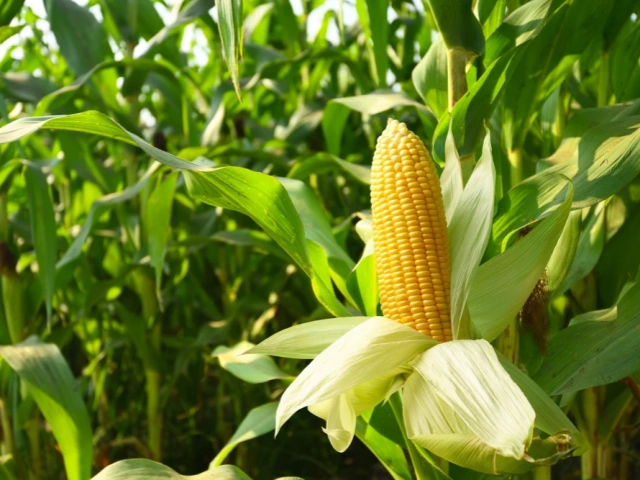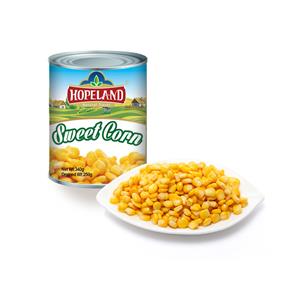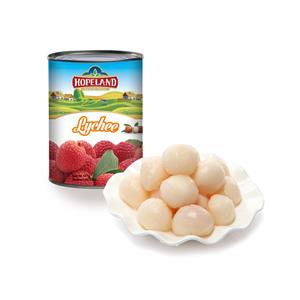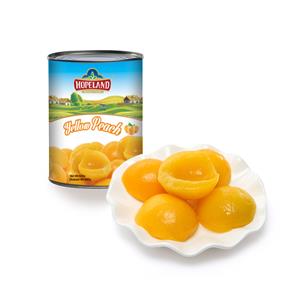Sweet Corn Raw Material Prices Rise in Northern China
The northern regions of China, particularly Inner Mongolia, are facing a challenging sweet corn season in 2025. Harvest reports indicate that overall output is down by 20–30% compared with typical years. For processors, traders, and buyers both domestically and internationally, this is an important development that could influence market dynamics in the coming months.

Key Factors Behind the Yield Decline
Two primary factors have contributed to this shortfall: a cold spring that delayed plant development and a period of heavy rainfall in July that caused significant damage to the crops.
1. Cold Spring and Delayed Growth
Spring 2025 was notably colder than average across northern China. Prolonged low temperatures affected planting schedules and slowed germination. For sweet corn, which thrives on warm soil and consistent heat, these cooler-than-usual conditions created a challenging start to the growing season.
In Inner Mongolia, early sowing usually occurs between late April and early May, allowing plants to take advantage of the region's limited warm months. However, temperatures during this critical period were unseasonably low, leading to delayed emergence and weaker early growth. Agronomists reported that in some areas, emergence rates were reduced by as much as 10–15% compared to historical averages. This setback meant plants missed optimal light and heat conditions, pushing maturity dates back by roughly 10 days. Such delays can reduce the length of the growing window, limiting the plants' ability to accumulate sugars and develop full kernel size.
2. Heavy Rainfall and Flooding in July
The second significant challenge came in late July. Between July 21 and 23, parts of southeastern Inner Mongolia experienced an intense weather event, receiving over 200 mm of rain within just a few days—nearly half the region's annual precipitation. While sweet corn requires adequate moisture, such excessive rainfall was far from beneficial.
Low-lying fields were particularly hard hit, with waterlogging occurring in many areas. Standing water around corn roots can limit oxygen availability and encourage fungal diseases. Farmers reported instances of stalk lodging (plants falling over), nutrient leaching, and kernel development issues. In severe cases, entire fields were partially or completely lost. Even in areas not fully inundated, the stress from excessive moisture impacted plant health and reduced overall yields.
Impact on Yield and Quality
As the harvest progresses, both the volume and quality of sweet corn kernels are under pressure. Farmers have noted smaller ear sizes, irregular kernel rows, and reduced sugar content compared to previous seasons. Processors have reported that average recovery rates—the proportion of usable kernels per unit of raw corn—are down, making raw material more expensive on a per-kilogram basis.
These quality issues are particularly significant for canning and freezing industries, where consistency in kernel size and sweetness is essential. International buyers, who rely on Chinese sweet corn as an ingredient in a variety of processed products, will need to be prepared for potential changes in both availability and cost.
Price Trends and Market Outlook
With output reduced and quality concerns mounting, raw material prices are beginning to edge higher. Reports from local markets indicate that procurement costs are already 10–15% above last year's levels and could climb further if demand remains strong. For processors who operate on tight margins, this means higher input costs, which could translate into price adjustments for end products.
Industry analysts suggest that prices may continue to rise throughout the harvest period. Key variables include weather patterns during the remainder of the growing and harvesting season, transportation logistics, and competition for supply among processors. Larger companies with established grower contracts may fare better, but smaller operators and spot buyers could face increased challenges.
Another factor to watch is the influence of other northern Chinese provinces. While Inner Mongolia is a leading producer, regions like Heilongjiang and Jilin also contribute significant sweet corn volumes. If these areas manage better yields, they could partially offset Inner Mongolia's shortfall. Early indications suggest that while yields in these provinces are somewhat more stable, they too experienced cooler springs and some rainfall events, meaning overall supply may still be tighter than usual.
Broader Implications for Domestic and Export Markets
China is a major player in the global sweet corn supply chain, particularly for canned and frozen products. A reduction of 20–30% in a key producing region like Inner Mongolia could have ripple effects internationally.
For domestic buyers, the immediate impact is increased competition for available raw materials. Processors that supply major retail and foodservice chains will prioritize fulfilling contractual obligations, leaving less flexibility for new or spot orders. For export buyers, this could mean longer lead times and higher prices, especially for premium grades and specific kernel sizes.
In the longer term, the situation may prompt processors to explore supply diversification, including investments in other growing regions or sourcing from overseas. However, such adjustments take time and cannot immediately offset shortfalls.
Lessons and Considerations for the Future
The challenges of 2025 highlight the importance of adaptive farming practices and risk management strategies. Farmers may need to consider:
Adjusting planting dates to mitigate cold spring risks.
Improving drainage systems to handle excessive rainfall.
Exploring more resilient sweet corn varieties.
For buyers and processors, developing closer relationships with growers and securing contracts earlier in the season could help manage supply risk. Maintaining inventory flexibility and monitoring weather patterns closely will also be critical in navigating future volatility.
Conclusion
The 2025 sweet corn harvest in Inner Mongolia underscores how weather variability can disrupt even well-established production systems. With yields down by 20–30% due to a cold spring and heavy July rainfall, the region's supply is tighter, and raw material prices are already showing upward movement. Stakeholders across the supply chain—farmers, processors, domestic buyers, and international customers—will need to remain vigilant and adaptive as the season progresses.
For now, all eyes are on the remainder of the harvest. How well farmers and processors can manage quality and logistics will determine the ultimate impact on prices and availability in the coming months. But one thing is clear: the sweet corn market in northern China is entering a period of heightened complexity and tighter margins, where agility and forward planning will be more important than ever.




